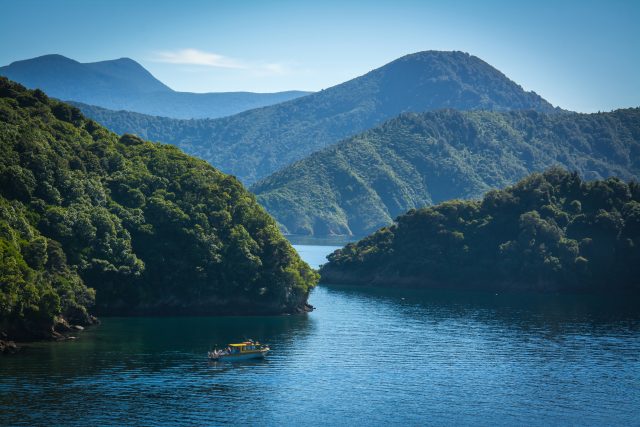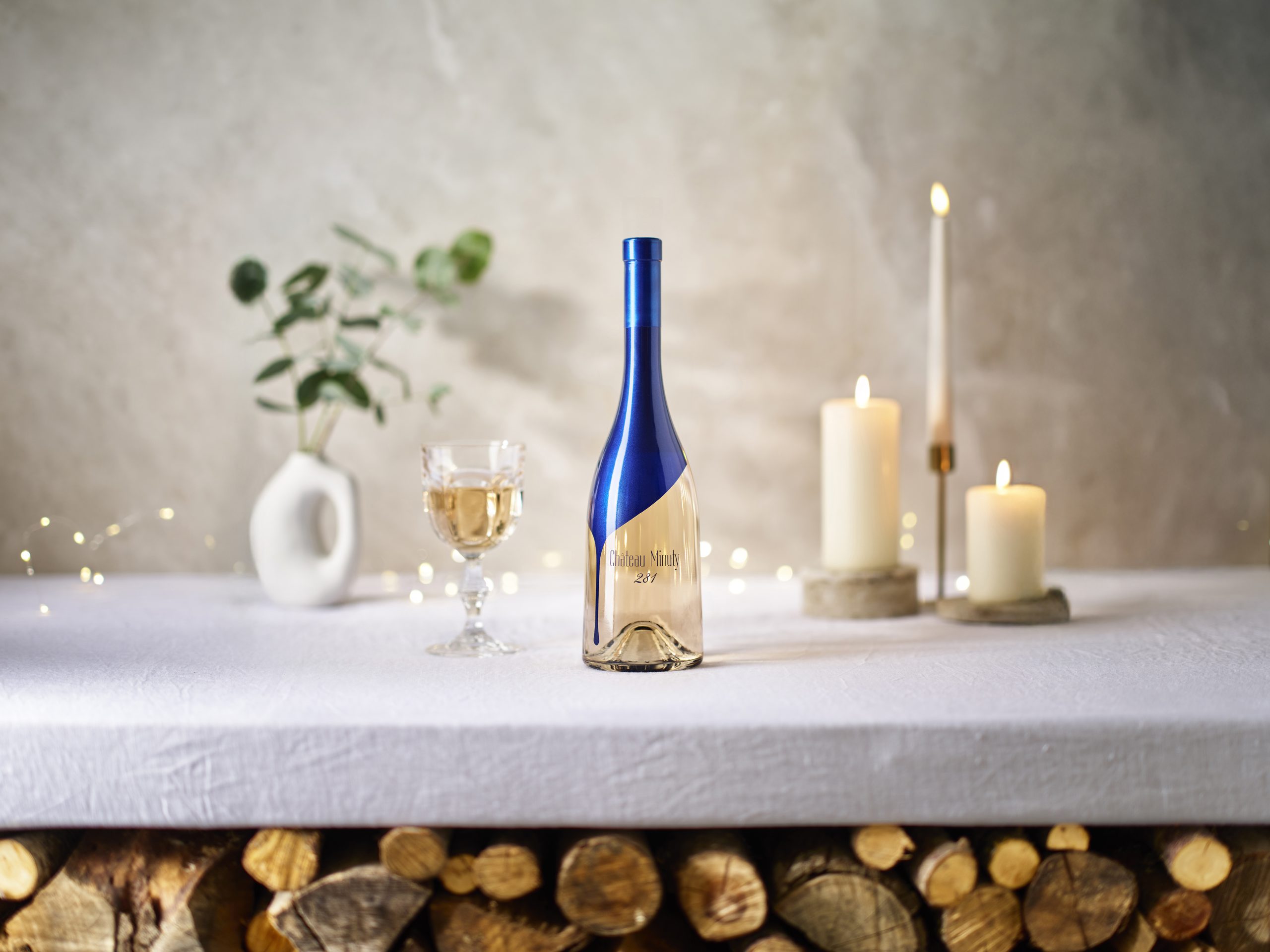New Zealand vintners bet big on premium white wine
To wine-loving outsiders, New Zealand is practically synonymous with Sauvignon Blanc. But to wine-making insiders, it is increasingly becoming Chardonnay country. Kathleen Willcox reports.

New Zealand Chardonnay still just accounts for 2% of all wine exports, according to New Zealand Winegrowers, the industry’s governing body. But the Chardonnay that is serving as ambassador to some of the nation’s most interesting pockets of terroir—especially in Hawke’s Bay and Marlborough, and more recently, Central Otago and North Canterbury—may change the math.
But by how much? Even if demand continues to rise, Chardonnay still only encompasses about 6% of the total grapes under vine in New Zealand.
Instead of focusing on cranking up production across the board, more vintners are emphasising exacting farming and cellaring techniques to create distinct styles of New Zealand Chardonnay for the fine wine market.
“There is only one option,” says Steve Smith, MW and co-founder of Smith & Sheth and Pyramid Valley, under the Aotearoa New Zealand Fine Wine Estates umbrella, with vineyards in Marlborough, Hawke’s Bay, Central Otago and North Canterbury.
“It is the fine wine space, from NZ$40 to NZ$150 a bottle, where we can produce genuinely cool and temperate climate styles of real distinction. Because as soon as you become challenged by meeting lower price points, either the margin is compromised — which means long-term business sustainability is compromised — or viticulture and winemaking is compromised.”
New Zealand’s Key Chardonnay Zones Emerge
For many in New Zealand, terroir means more than just soil and climate.
“To be clear, we see terroir as being a combination of soil, climate and culture,” Smith says, referring to the indigenous Maori concept of Turangawaewae, which involves a sense of place that is deeply rooted in a person or community’s identity.
In other words, generalisations should be tabled. The extremes—both lightning bright sizzle and opulent lushness—that the Chardonnay grape is capable of producing with different farming and cellaring techniques rule the day in New Zealand.
But some patterns emerge, as they do anywhere Chardonnay is produced. Warmer regions tend to create rounder, richer flavours and cooler climates generate lighter-bodied Chardonnays defined by bright citrus, minerality and savoury flavours.
The country’s biggest Chardonnay producers are Marlborough, with 1,083 hectares of Chardonnay under vine, and Hawke’s Bay, with 1,034 hectares under vine, and both are cooler climate expressions. North Canterbury and Central Otago, with just over 100 hectares and 92 hectares under vine are also on the cooler side.
Gisborne, which has 582 hectares, offers a more ripe and tropical side of Chardonnay, thanks to the more temperate climate there.
Smith notes that the overriding flavour sculptor in both Hawke’s Bay and North Canterbury is the “modest humidity, high UV light and temperatures moderated by the cool ocean currents that surround us.”
The climate allows the grapes to fully ripen, while also maintaining freshness.
“Few places in the world can do this,” Smith says. “Soil has a significant impact too. In Hawke’s Bay, the variety and age of ancient river terraces define it, while in North Canterbury, it is often the presence of limestone and clay combinations.”
In Central Otago, Gibbston Valley Winery vintner Christopher Keys says producers are planting more Chardonnay as they recognise its potential there.
“There is excitement about Chardonnay in Central Otago,” Keys says. “In 2020, there were 79 hectares planted, and now more than 100 hectares are planted. It’s still just 5 % of our planted area, behind Pinot Noir with 80% and Pinot Gris with 8%, but because it’s in demand most producer want more of it.”
There is still a lot of experimentation and discovery happening though.
“There is more discussion of sites, clones and rootstocks now,” Keys explains, adding that long-term, Gibbston will focus on increasing the production of Chardonnay.
At Felton Road Wines in Central Otago, vintner Blair Walter says that the success of Chardonnay is really a no-brainer.
Partner Content
“With Pinot Noir performing so well in Central Otago, it is only natural that Chardonnay should also excel,” Walter says. “With a cooler climate than the rest of New Zealand, it provides for a different style, and quality Chardonnay is in demand in our global markets, especially because our style and quality compare very favourably internationally.”
Growers in Hawke’s Bay, where Chardonnay is the largest planted single variety in the region, representing about 23% of the total vineyard area, are not necessarily planting more Chardonnay, but are instead focusing on how to make the most of what’s already there, explains Brent Linn, executive officer of Hawke’s Bay Winegrowers.
“What’s happening now is replacement plantings,” Linn says. “New clones and more modern, closer-planted vineyards are being explored in the pursuit of creating premium and super premium Chardonnay. To support the momentum, we held the inaugural Aotearoa New Zealand Chardonnay Symposium last year, and this this month we are running a follow-up and focusing on New Zealand’s ‘sense of place’ in the international landscape.”
Investing in thoughtful viticulture
Great wine starts in the vineyard, and for many premium-focused producers in New Zealand, that means intensely eco-friendly farming, hand picking, whole bunch pressing, indigenous yeast. The concentrated and focused farming allows vintners to take it a bit easier in the cellar. New oak makes up a small percentage of the barrel programs, when it’s present at all.
“All of our vineyards are certified sustainable, and many of them are farmed regeneratively, organically or with biodynamics, and more commonly with all,” says Smith of his work in Hawke’s Bay and North Canterbury. “We are driven by improving the health of our soils, biodiversity in the vineyard and using methods of control of fungus and insects that are good for the environment, the vine, our people and the finished wine.”
In the cellar, they let all of their handwork in the vineyards—mostly—speak for itself.
“There is a lot of nuance here, and we adapt our human influence relative to what is right for the wines under each Smith & Sheth and Pyramid Valley brands,” says Smith.
At Pyramid Valley, for example, where the property has been farmed biodynamically for more than two decades, no commercial yeast has ever been introduced.
“The natural biome of yeast and bacteria in that winery is a very special factor in how our wines taste,” Smith explains. “We are very engaged in the winemaking process for Chardonnay, but our hand is played lightly, using our intelligence and artistry, not additions.”
At Felton Road, where the farming is also organic and biodynamic, the approach is also light.
“The subtlety of fruit and vibrant acidity demands careful restraint in the cellar,” Walter says. “There is no room for excessive winemaking interferences like overripe fruit and excessive oak usage.”
Fermentation and ageing happens in well-seasoned barrels with virtually zero new oak. There’s also no fining or filtration.
“This allows the vineyard character to take centre stage,” Walter says.
And while it’s tempting to compare the quality and style of New Zealand Chardonnay with a certain other famous region responsible for putting the grape on the world stage in the first place, vintners insist it deserves more.
“New Zealand Chardonnay doesn’t taste like anywhere else,” says Gibbston Valley’s vintner, Keys. “In Central Otago, we are blessed with site selection, with 320 meters of altitude, sunlight hours with just enough warmth to ripen, just sufficient coolness to keep freshness.
“It doesn’t have a limestone soil character, it doesn’t resemble Chablis in spite of people laboriously saying it does, or any other model.”
It tastes like itself.
The U.S. is New Zealand’s top export market for wine, sending NZ$797 million (US$498.62 million) worth of wine last year, according to the New Zealand Foreign Affairs and Trade Intelligence Report. And aside from behemoths Italy and France, no other country sends more wine to the U.S.
Because of those close ties, and the rising investment in quality New Zealand Chardonnay, more Americans will likely come to understand the country’s take on the Burgundian grape on its own Turangawaewae merits.
Related news
'Using helicopters would have crippled us financially'
Trinity Hill taps into rising demand for white wines in Asia




